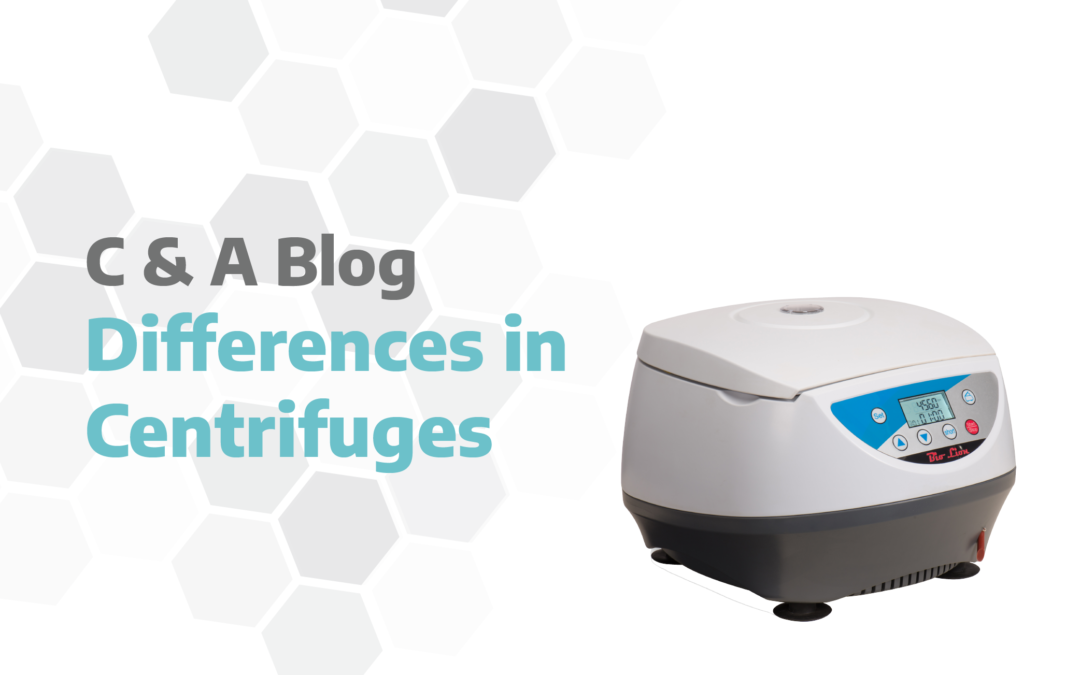Like microscopes, centrifuges come in many variations. It can be challenging to pinpoint precisely which kind of centrifuge you need when there are things like rotor type and size, tube capacity, unit size, speed and refrigeration to consider. We are here to help you learn about the differences in centrifuges, as C & A is a leader in medical equipment designed for ease of use and reliability.
What Are Centrifuges?
A centrifuge is a machine used to separate components of a mixture based on their density, viscosity and size, which can be altered based on the size of the rotor (which changes speed capabilities). One of the most common places to find a centrifuge is in a medical, or histology lab, where bodily fluids are examined.
Revolutions Per Minute (RPM) or Relative Centrifugal Force (RCF) measure the speed at which centrifuges spin. This speed is essentially based on what the centrifuge is spinning and the rotor type.
Differences in Rotors: Fixed-Angle, Swing-Bucket and Vertical
The job of the rotor is the generate rotation speeds that helps the separation of the components in a sample. Rotors can typically be found in three variations: fixed angle, swing bucket and vertical. Let’s discuss the differences between these rotors and their functions.
Fixed-angle rotors hold the centrifugal tubes at a 45° angle with the rotor. This type of rotor strikes the sample particles on the opposite side of the tube, forcing the particles to slide down. They are then collected at the bottom of the tube. Because of the directionality of the fixed angle rotors, these are faster as the path length of the tube increases.
Swing-bucket or horizontal rotors hold tubes at a 90° angle with the rotor. This type of rotor allows the particles of the sample to move along the direction of force, pushing the particles to the bottom of the tube away from the rotor. The horizontal tubes keep the separated liquid (or supernatant) as a flat surface, keeping the deposited particles away from the liquid.
Finally, the vertical rotor keeps the tubes upright (screwed or placed upside-down in the rotor). These rotors allow for the shortest path length and the quickest run time. The position of the tubes does not cause separation as well because the tubes are not aligned with the centrifugal forces. The particles tend to spread to the outer walls of the tube. Vertical rotors are most commonly used in isopycnic and density gradient centrifugation.
Types of Centrifuges
Along with rotors, the base unit of centrifuges also varies. Here we will go over the different centrifuges, their uses and typical applications and settings.
Benchtop centrifuges are commonly found in clinical and research laboratories. These are driven by an electric motor and rotate tubes on fixed access. These centrifuges are very compact and are found in small spaces but come in many options to fit the needs of many labs.
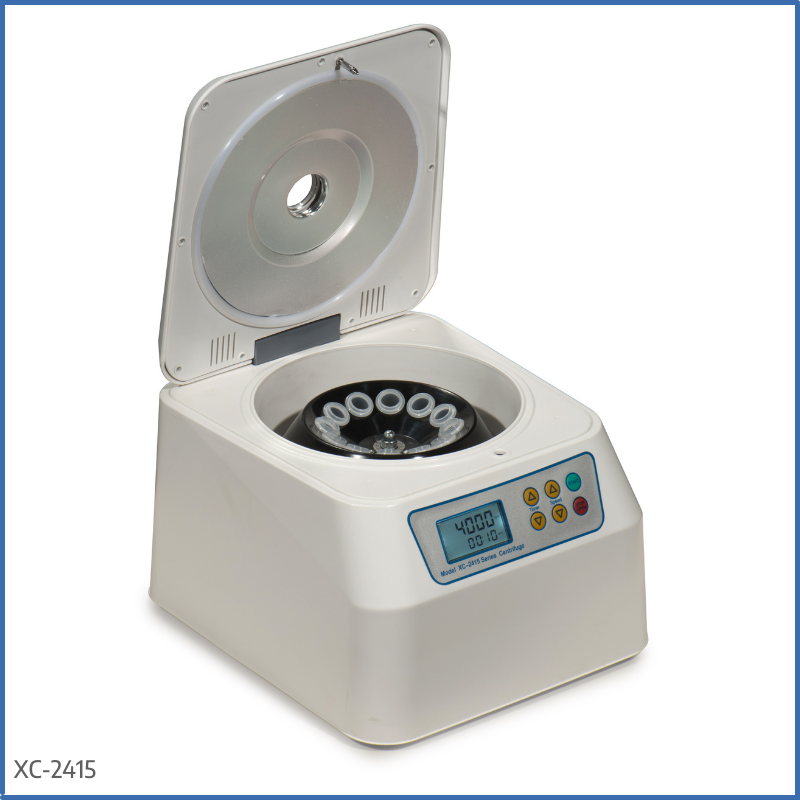
Hematocrit centrifuges are specialized units that focus on spinning blood. These units are similar to benchtop centrifuges but are designed specifically for blood testing resulting in a few changes to the inside, like tube racks and holders allowing for smaller samples. Hematocrit centrifuges are used to run tests to diagnose blood loss, leukemia and other blood cancers and disorders.
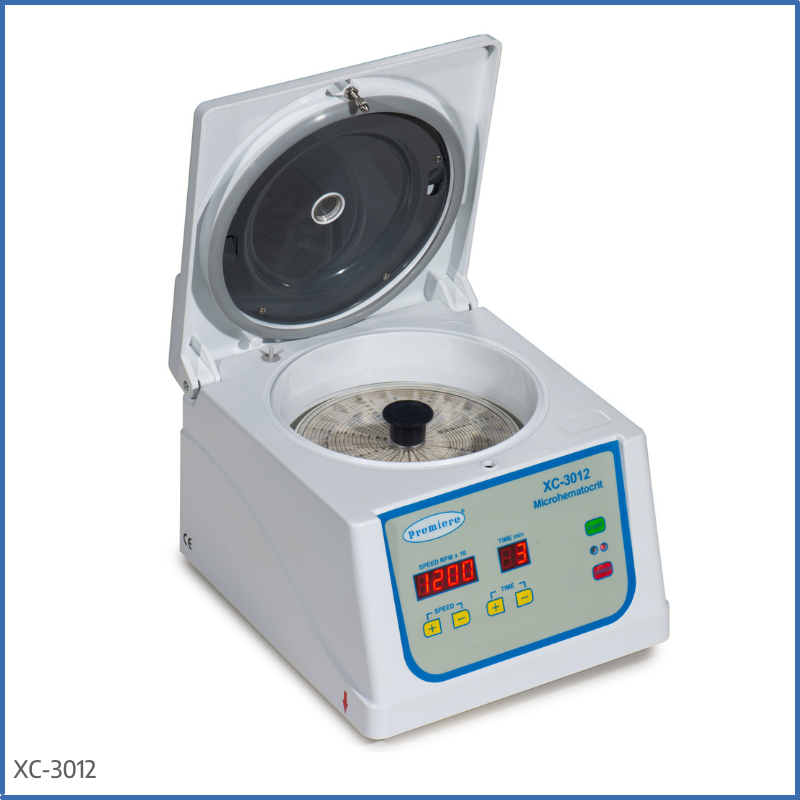
High-speed centrifuges are larger units that run at higher speeds. The speed of high-speed centrifuges can vary in range from 15,000 to 30,000 rpm. These are usually found in more sophisticated laboratories that require the use of biochemistry applications. Like the benchtop centrifuges, the rotor and tube options come in many different types to accommodate different lab settings.
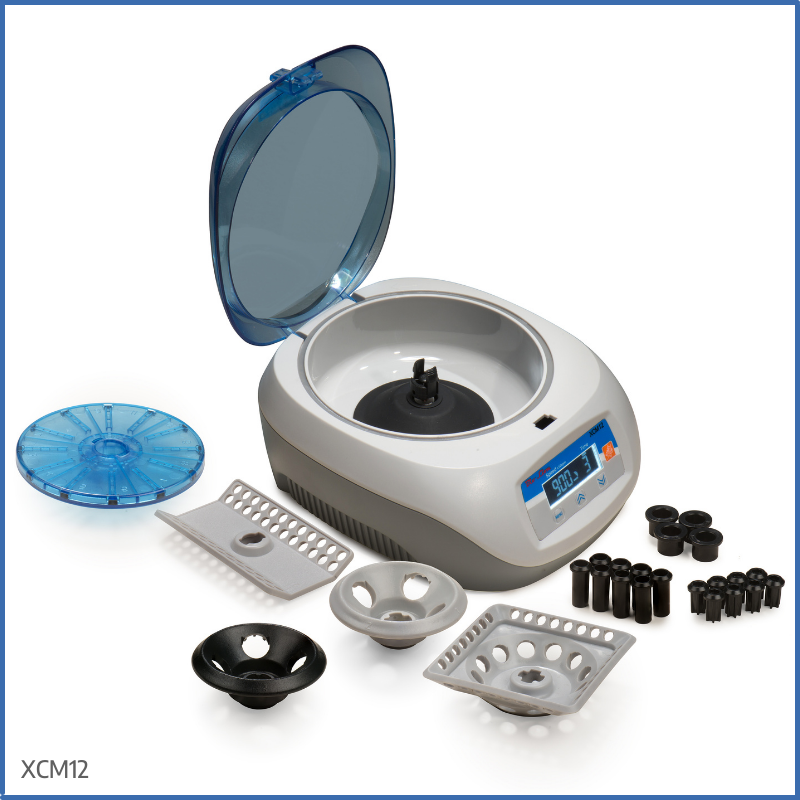
Low-speed centrifuges are very common, traditional centrifuges that are used for routine separation of particles. They spin at a range of 4,000 to 5,000 rpm. Separation in a low-speed centrifuge follows the same principles of other centrifuges but is only used for simple components. Because these units are simple and compacted, they will not typically be temperature controlled.
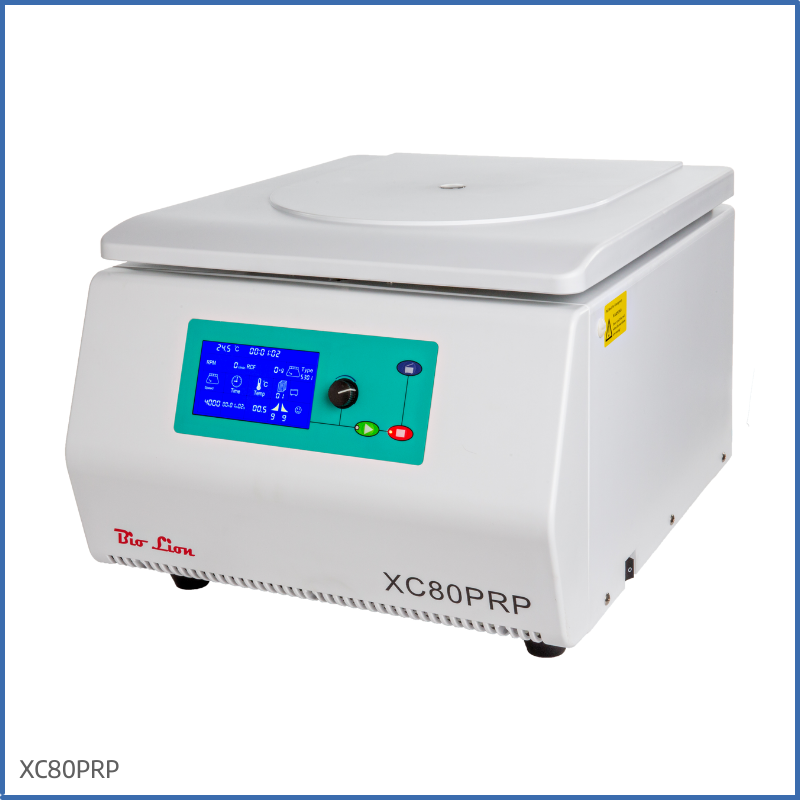
Microcentrifuges are used to spin smaller volumes of samples at speed ranges of about 12,000 to 13,000 rpm. Because the samples are smaller, they are usually used to separate cell organelles, like DNA. A microcentrifuge may come with adapters for larger or smaller tubes. You can find these centrifuges temperature controlled as the samples are often sensitive to temperature.
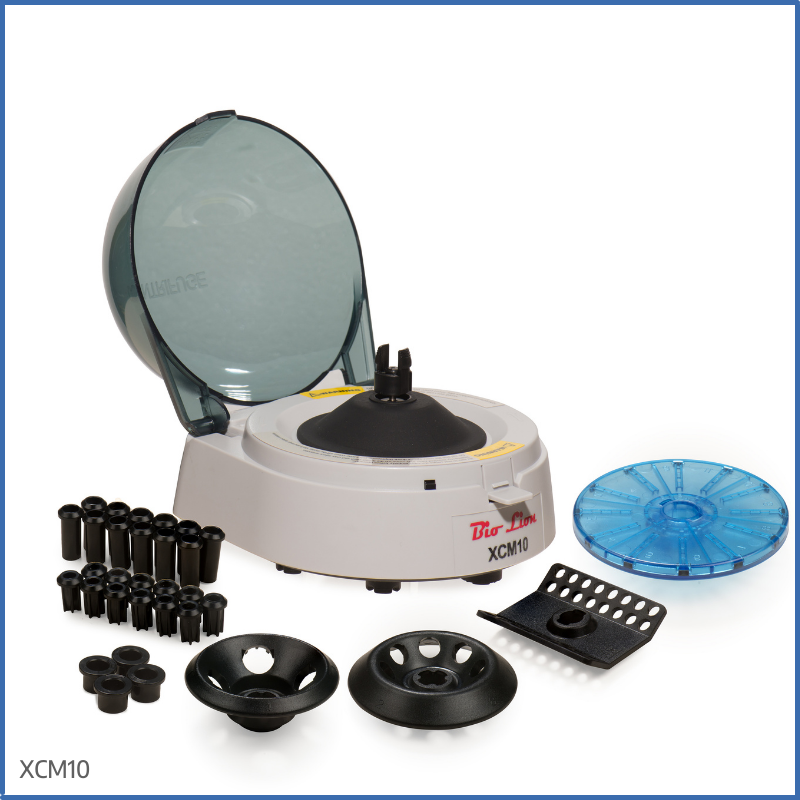
Refrigerated centrifuges are temperature-controlled units, ranging in temperature from -20°C to –40°C. These are essential if you are working with material that is sensitive to temperatures like DNA, RNA, PCR or antibody analysis. The RCF of these centrifuges is over 30,000 rpm or an RCF of over 65,000 xg, which is ideal for separating smaller or more volatile samples.
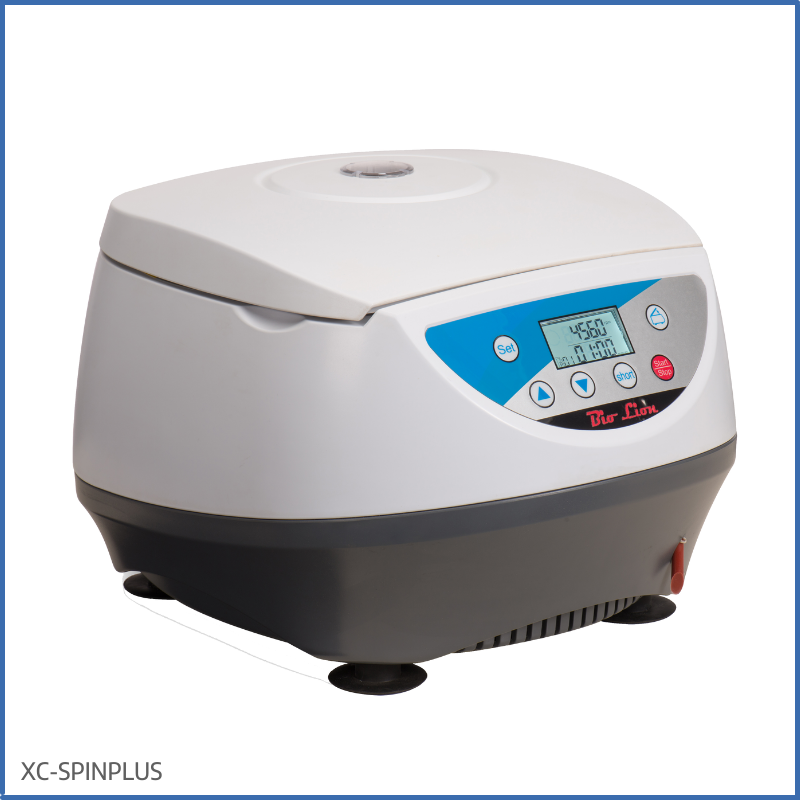
C & A Scientific is a dedicated leader in improving the health and minds of people worldwide. We supply over 700 award-winning medical and STEM-inspired products to distributors and retailers looking for sensational customer service. Learn more about us and our story here.

